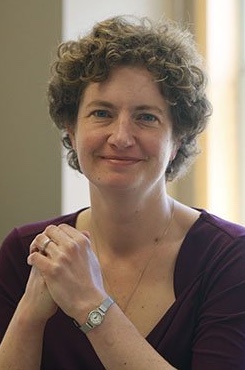
The Molecular & Cellular Neuroscience (MCN) Program's Seminar Series
Description
"Neural Correlates of Orienting Behaviors and Latent Action Biases"
Speaker Bio
Rachel Wilson earned an A.B. in chemistry summa cum laude from Harvard College and a Ph.D. in neuroscience from the University of California, San Francisco. She did postdoctoral training at the California Institute of Technology before joining the faculty in the Department of Neurobiology at Harvard Medical School in 2004, where she is now the Martin Family Professor of Basic Research in the Field of Neurobiology.
The broad goals of Dr. Wilson’s research are (1) to understand key computations that occur in sensory processing and sensorimotor integration, and (2) to describe the cellular, synaptic, and circuit mechanisms underlying these computations.
Dr. Wilson’s laboratory uses Drosophila as a model because most of the ~100,000 neurons in the fly brain are uniquely identifiable, digitally searchable, and genetically-addressable. Many neural connections are highly stereotyped, and it is expected that a wiring diagram of the Drosophila brain will be completed within 5 years. Thus, this organism offers the unique opportunity to understand a neuron’s physiology in the context of its connectivity. Because some of the fundamental problems faced by neural systems are likely to be common to all species, many lessons learned from simple brains should generalize to complex brains.
Dr. Wilson’s research contributions include the discovery that endogenous cannabinoids act as retrograde synaptic signals in the mammalian hippocampus, the first demonstration of single-cell in vivo electrophysiological recordings from the Drosophila brain, and a systematic description of many of the computations and physiological mechanisms at work in the Drosophila olfactory system. More recently, her work has laid the foundation for the study of central mechanosensory and thermosensory processing in the brain and “spinal cord” (the ventral nerve cord). Her laboratory is now beginning to tackle the problem of how these sensory systems are integrated in higher brain regions to produce flexible and robust locomotor guidance.

